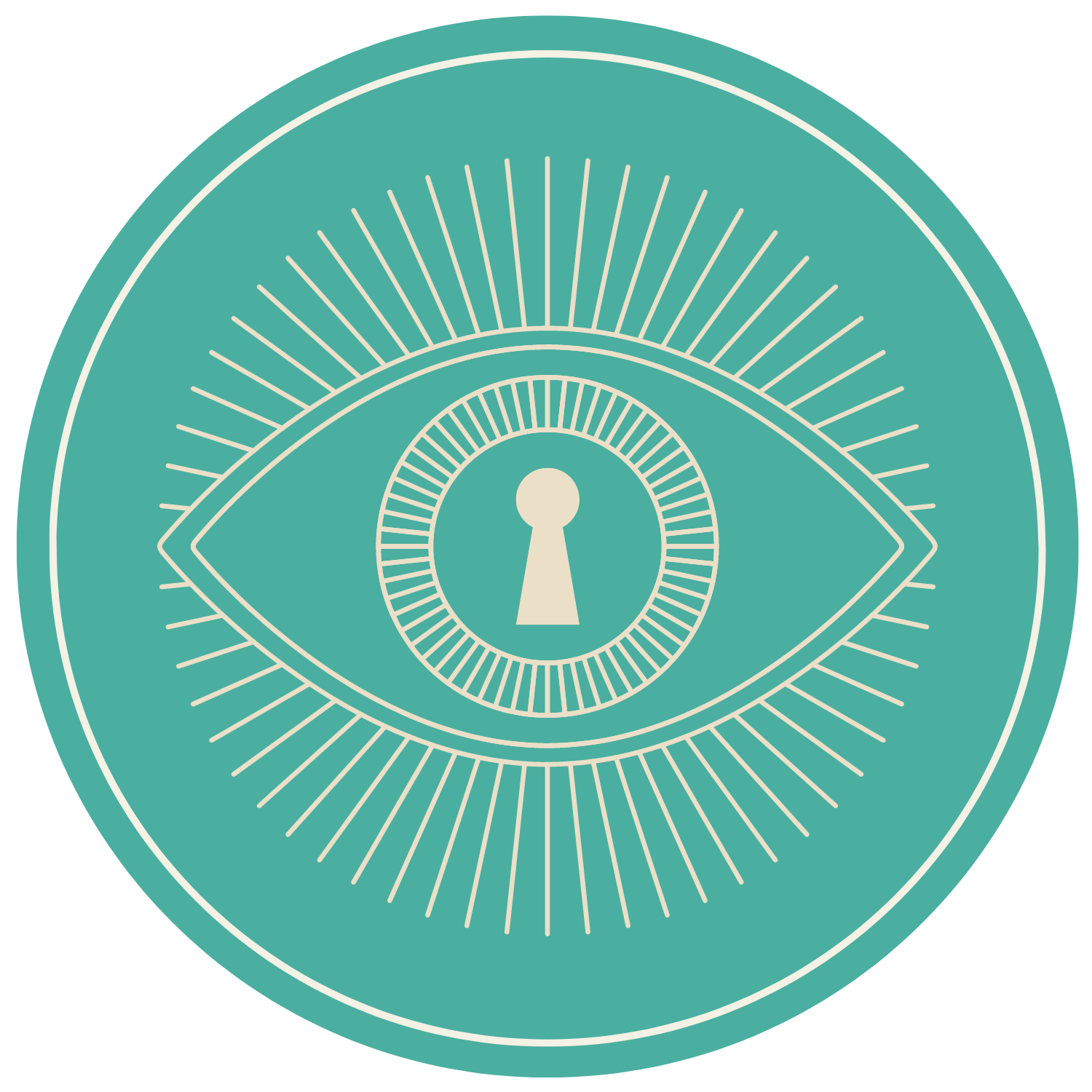The History of DBT: How Marsha Linehan Revolutionised Psychotherapy
TW: Mentions Suicide; Self-harm
Marsha Linehan, founder of DBT.
Dialectical Behaviour Therapy (DBT) is a form of psychotherapy that has been widely used for treating a variety of mental health disorders. However, many people associate DBT solely with the treatment of Borderline Personality Disorder (BPD). While this may have been true in the past, today, DBT is recognised for its effectiveness in treating a wide range of mental health issues, including depression, anxiety, substance abuse, and eating disorders.
DBT was founded by Marsha Linehan, a suicide researcher, in the late 1970s. Linehan's interest in suicide prevention began during her time as a graduate student at Loyola University Chicago. She herself struggled with mental health issues, which eventually led her to pursue a career in psychology.
Marsha was born on May 5, 1943, in Tulsa, Oklahoma, and grew up as the third of six children. Linehan's personal struggle with mental illness began at an early age; at age 17 she became an inpatient at the Institute of Living in Hartford, Connecticut. Her self-harming behaviours and suicidal ideation prompted her misdiagnosis of schizophrenia.
At the time, borderline personality disorder had not yet been recognised as a diagnosis – Linehan has recently expressed that her presentation was more congruent with that of BPD instead of schizophrenia. Linehan was heavily medicated with Thorazine and Librium and subjected to forced electroconvulsive therapy (ECT). Despite these treatments, she continued to suffer, and nothing seemed to help her. This experience led Linehan to dedicate her life to finding more effective treatments for individuals struggling with mental illness, and eventually led her to the creation of Dialectical Behavioural Therapy (DBT).
In the early years of her career, Linehan primarily focused on behaviourism, which was the predominant approach at the time. However, Linehan found that the behaviourist approach was not sufficient for treating patients with suicidal thoughts and self-harm behaviours. She discovered that patients often found the therapy aversive and would quit treatment. Linehan then turned to humanistic approaches and found that they too were not effective.
In her quest to help patients, Linehan began experimenting with different techniques and approaches. She eventually discovered that a combination of cognitive-behavioural therapy (CBT) and humanistic approaches could be effective. However, she needed something to balance the two seemingly opposite theories, and that's where dialectics came in.
Marsha Linehan's contribution to mental health was not only groundbreaking but also deeply personal. As a result of her own struggles with mental health, Linehan realised the importance of accepting things as they are and recogniSing that change is necessary for growth and happiness. These two concepts –ACCEPTANCE and CHANGE– became the foundation of her therapy, Dialectical Behavior Therapy (DBT).
Four main modules of DBT.
DBT is a therapy that uses various techniques including behavioral therapy, coping strategies, emotional regulation, and mindfulness skills. It has proven to be incredibly effective in reducing suicidal behavior, making it a critical tool in the mental health field.
Linehan's work with DBT is not only significant because of its effectiveness in treating mental health issues, but also because of her own personal connection to the therapy. Her struggles with mental health and the journey that led her to create DBT demonstrate the power of perseverance and the importance of creating treatments that prioritise understanding and empathy.
Dialectics is the art of resolving opposing viewpoints through dialogue. Linehan found that by incorporating dialectics into her approach, she could balance the two theories and create a more effective treatment for her patients. The balance between CBT and humanism was also influenced by her Zen training, which emphasized mindfulness.
DBT was initially developed to treat individuals with BPD, but Linehan's research team soon found that it was effective in treating a range of mental health disorders. DBT was the first psychotherapy to formally incorporate mindfulness, which is now widely used in many forms of psychotherapy.
Studies have repeatedly shown that DBT is an effective treatment for BPD, with significant improvements in symptom reduction and quality of life. Additionally, DBT has been shown to reduce the frequency and length of hospitalisations for BPD patients. DBT has also been supported with not just adults but with adolescents. While women are the primary gender in which DBT has been supported with, there is also evidence that it’s helpful for any gender identity.
In the early days of DBT, Linehan's research team would call hospitals in the area and ask them to send her the most severely suicidal and self-injuring populations. Her dedication to helping this population was driven by her own struggles with mental illness, which she has been open about in recent years.
Today, DBT is recognised as a highly effective form of psychotherapy that has helped countless individuals overcome their mental health struggles. Linehan's dedication and persistence in developing and refining DBT have revolutionised psychotherapy and continue to impact the lives of people around the world.


